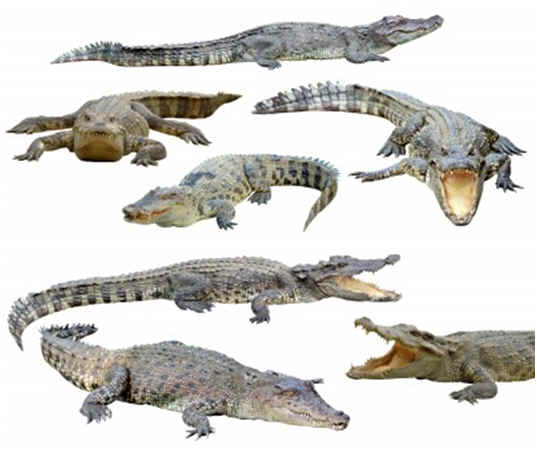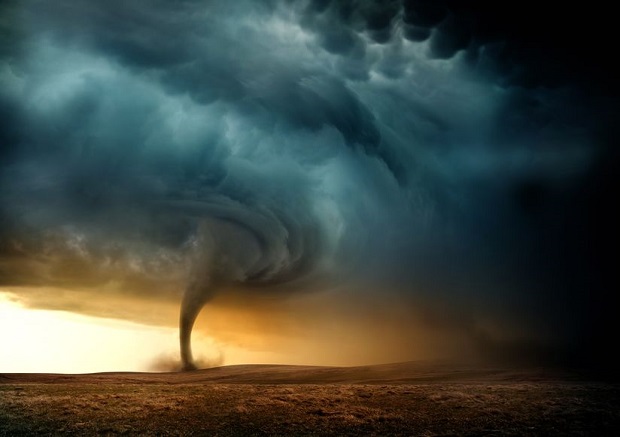
What Is the Difference between a Cyclone and a Tornado?
The main difference between a cyclone and a tornado is its origin. Tornadoes form on land, whereas cyclones form over water. Though cyclones and tornadoes are both violent storms, there are several differences between the two. They differ in appearance, size, formation, duration, and frequency.
Cyclone vs. Tornado – Appearance

Cyclones have a low-pressure area at the center of the storm called the eye. Storm systems circle around the eye either clockwise or counterclockwise, depending on the collision of winds. Tornadoes are large funnels of rotating air; their rotation also depends on the atmospheric condition. They can also vary in color depending on the debris present in the funnel.
Cyclone vs. Tornado – Size
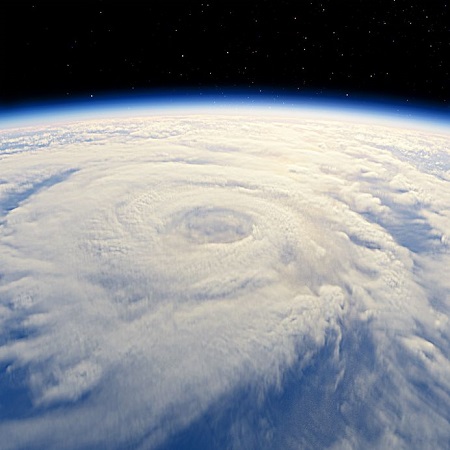
Cyclones are comprised of several storm systems and can have a diameter of several 100 kilometers, whereas tornadoes are created out of one storm system and can have a diameter of several 100 meters.
Cyclone vs. Tornado – Origins

Cyclones will always form on the ocean when atmospheric conditions are present for one. They may move close to land; however, they will begin to dissipate once they reach it due to the loss of the ocean’s moisture. They can, however, spawn tornadoes once they reach land. Conversely, tornadoes generally form on the land and are usually the result of thunderstorms. In addition, cyclones form in tropical climates, while tornadoes can form on any continent except Antarctica.
Cyclone vs. Tornado – Frequency and Duration

Tornadoes can last from several seconds to more than an hour, with a lifespan of fewer than ten minutes. Cyclones can last for many days, some maintaining strength for weeks. For example, in 1971, Hurricane Ginger lasted 30 days. Cyclones occur, on average, 70-110 times per year, with an average of 40-60 reaching hurricane strength. Conversely, there are more than 1,200 tornadoes recorded on any given year in the United States alone, with a margin of a few hundred.
A Cyclone Is a Typhoon Is a Hurricane
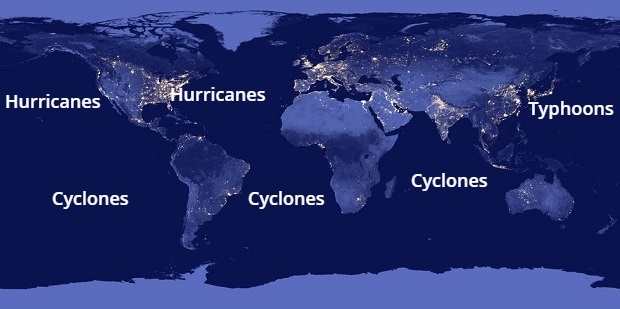
Though the exact same storm, a cyclone is labeled differently depending on its geographical location. In the western North Pacific, cyclones are called typhoons, while the eastern North Pacific and North Atlantic regions refer to them as hurricanes. In other parts of the world, they are named based on severity and may be called cyclones, tropical cyclones, and severe tropical cyclones.
Tornado Alley
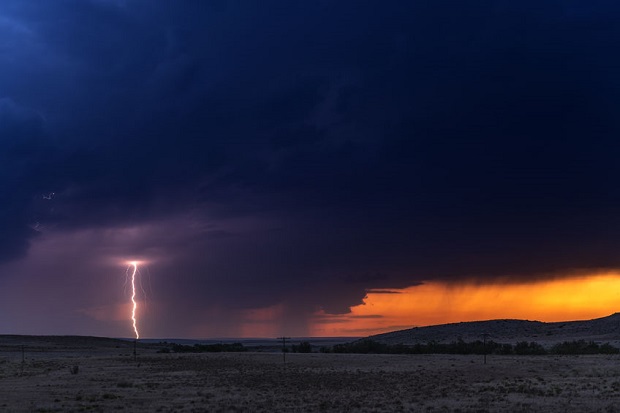
There is a region in the United States that has such a disproportionately large number of tornadoes each year, it has been named tornado alley. Though the boundaries are debatable depending on measured criteria such as frequency, intensity, or the number of events per area, the general region extends from central Texas to northern Iowa and from central Kansas east and Nebraska east to western Ohio.
Florida also has a disproportionately large number of tornadoes each year. The Gulf Coast has been nicknamed “Dixie Alley.”
Resources
Scientific American
“Fact or Fiction?: South of the Equator Toilets Flush and Tornadoes Spin in the Opposite Direction: Scientific American“
http://www.scientificamerican.com/article.cfm?id=fact-or-fiction-south-of-equator-tornadoes-spin-in-opposite-direction
NOAA’s Atlantic Oceanographic & Meteorological Laboratory
“TCFAQ L1) How Are Tropical Cyclones Different from Tornadoes?” https://www.aoml.noaa.gov/hrd/tcfaq/TCFAQ_L.txt
Encyclopedia Britannica
“Tornado (meteorology)”
http://www.britannica.com/EBchecked/topic/599941/tornado
National Oceanic and Atmospheric Administration – Storm Prediction Center
“The Online Tornado FAQ (by Roger Edwards, SPC”
http://www.spc.noaa.gov/faq/tornado/
Australian Government Bureau of Meteorology
“Tropical Cyclones: Frequently Asked Questions”
http://www.bom.gov.au/cyclone/tropical-cyclone-knowledge-centre/understanding/tc-info/
UCAR – University Corporation for Atmospheric Research
“Hurricanes, Typhoons, Cyclones”
https://news.ucar.edu/1438/hurricanes-typhoons-cyclones
National Oceanic and Atmospheric Administration – National Centers for Environmental Information
“Tornado Alley.”
https://www.ncdc.noaa.gov/climate-information/extreme-events/us-tornado-climatology/tornado-alley


